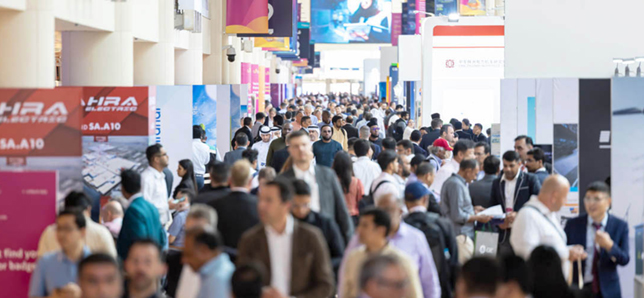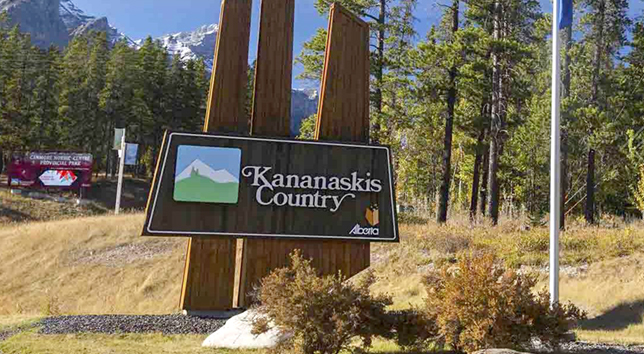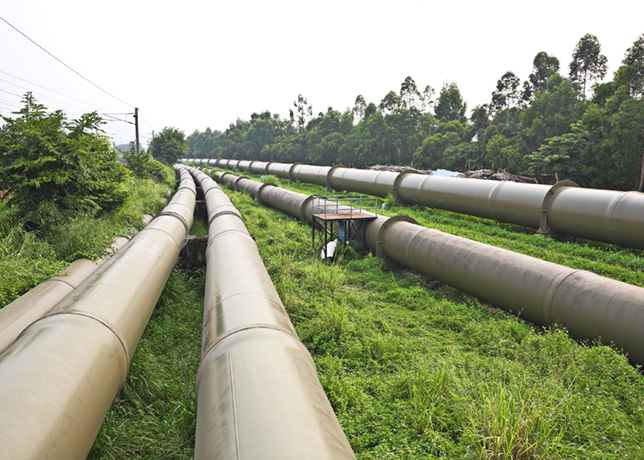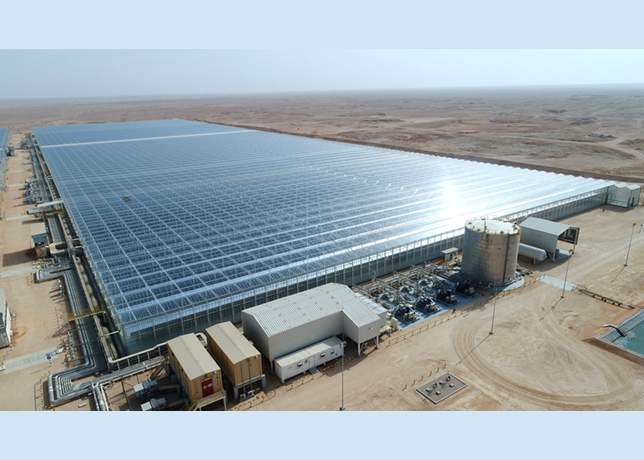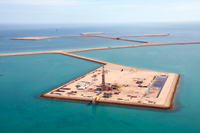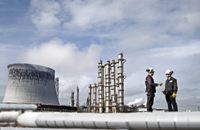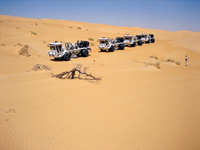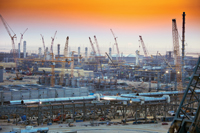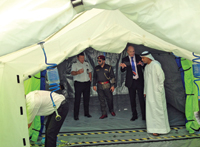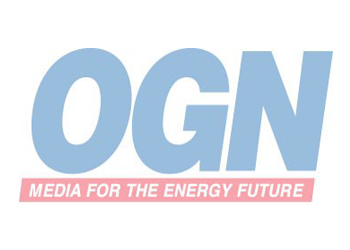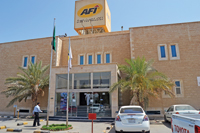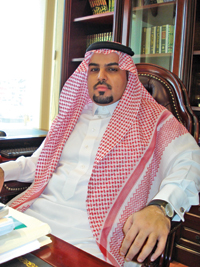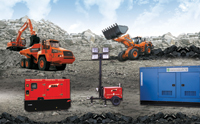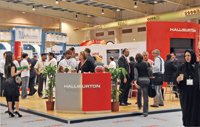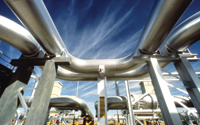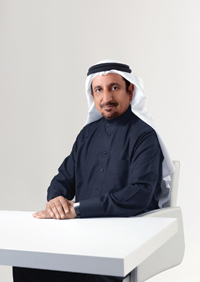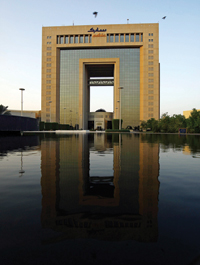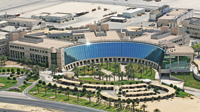
 Ale’s ALSK190 crane ... high capacity, small footprint
Ale’s ALSK190 crane ... high capacity, small footprint
THE UK-based heavy-lifting major Ale has been selected to complete 161 installations at a chemical plant in the Eastern province of Saudi Arabia. The loads ranged from 25 tonne (t) to 1,329 t and were to be installed to the Mixed Feeder Cracker (MFC). Once completed, the complex will represent the largest petrochemical facility ever built in a single phase. And will establish a world-scale manufacturing footprint that delivers a full range of value-added, performance products destined for the emerging markets of Asia Pacific, the Middle East, Eastern Europe and Africa.
PREPARATION
Ale attended extensive client meetings to establish the project requirements and suggest the most effective method to complete the scope of work. Feasibility reports were carried out to ensure that the method suggested was in fact the most efficient way of carrying out the work, areas such as site location, space available on site, working radius and access where some of the first things that were considered on this project. The footprint that the crane would require was established an emergency access identified.
CHALLENGES
• Installation of multiple pieces at various locations on site;
• The first challenge on this project was the weight and dimensions of some of the pieces that were to be installed with one piece weighing 1,329 t and measuring 108 m in height;
• Infrastructure that was already in place created obstructions of up to 30 m to installation points; and
• Weather conditions including high wind speeds and extreme heat of in excess of 50 deg C.
SOLUTIONS
• To complete a number of heavy and oversized pieces at this site the client had a number of options, the most widely used method would have been the erection of multiple cranes at various sites to install the equipment. The other option would have been to use a smaller number of cranes to install pieces one at a time before de-rigging and re-rigging at the next location, neither option was cost and time effective. Ale offered a third solution with the use of its innovative ALSK190 crane which was created with projects such as this in mind. With an extended radius the ALSK190 can lift higher capacity weights over a further distance than any other land based crane;
• Due to the ALSK190’s extended lift radius and heavylift capacity the height required by oversized equipment installation was achievable;
• When establishing the height of the obstructions to installation points the engineers at Ale calculated the height required and what was achievable on an extended radius to ensure that the ALSK could lift weights and lengths of this kind to the height required to clear the pipe rack, fortunately with precise calculations the crane could be set up to achieve this particular lift; and
• Weather conditions on site were a challenge for personnel more so than equipment, embargos where enforced to ensure staff where not working during the hottest part of the day. While wind speeds were mitigated by the ALSK190’s ability to allow for operational wind speed at 20m/s.
EXECUTION
The execution of this project began with operational teams assembling the cranes, this project of its own takes up to four weeks and is supervised by the ALSK team who travel with the crane on projects around the world. Once fully erect with the use of the LR1800 as tailing crane the ALSK190 began by installing the first of the three heaviest and largest pieces at 1,329 t and 108 m tall the C3 splitter was completed. The second lift involved the clearing of the 30 m high pipe rack, the first phase of work was to upright the tower and position on load spreading mats, next the piece was lifted and with careful monitoring via the ALSK control room engineers were able to lift the piece clear of the rack and safely into position.The remaining lifts were carried out by the CC288 1,600 t capacity crane and the LR1800 8,00 t capacity crane.











